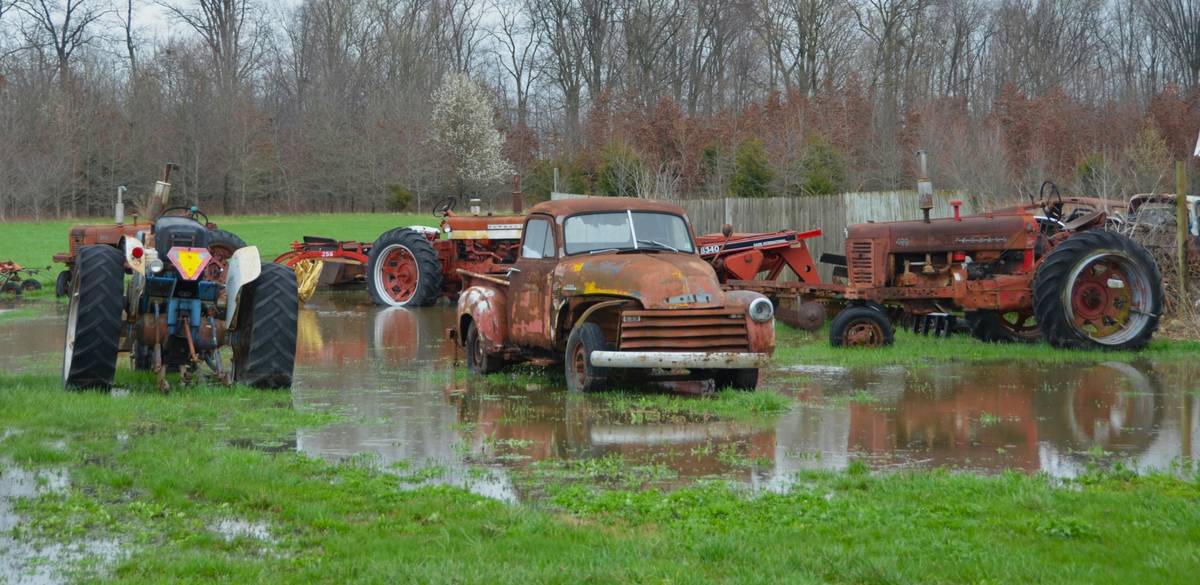“Ever parked your car under the open sky and prayed it wouldn’t get hail-bombed? Yeah, me too. Turns out, even seasoned drivers forget about this until it’s too late.”
Hailstorms are unpredictable—and merciless. In fact, according to NOAA data, hail causes over $10 billion in damages annually in the U.S. alone. And here’s the kicker: most standard auto insurance policies don’t cover hail damage unless you’ve opted for comprehensive coverage or a specialized vehicle hail insurance plan.
In this guide, we’re diving deep into why you need one, how to pick the right plan, expert tips for maximizing its value, and real-world examples of people who dodged financial disaster because they planned ahead. Let’s go!
Table of Contents
- Key Takeaways
- Why Hail Insurance Matters More Than Ever
- Step-by-Step Guide to Choosing a Vehicle Hail Insurance Plan
- Tips & Best Practices for Smart Coverage
- Real-Life Examples: When Hail Strikes
- Frequently Asked Questions About Vehicle Hail Insurance Plans
Key Takeaways
- A vehicle hail insurance plan can save you thousands in repair costs during unexpected storms.
- Comprehensive auto insurance policies often include hail coverage—but not always. Double-check yours.
- Budget-friendly plans exist if you shop smart and understand policy terms.
- Act fast after a hailstorm; delays could jeopardize claims.
Why Hail Insurance Matters More Than Ever
If you live in hail-prone areas like Texas or Colorado, skipping hail insurance is basically playing Russian roulette with your wallet. One storm can turn your shiny ride into a dented mess faster than you can say “ding ding.”
The Time I Learned This the Hard Way:
“I once ignored adding extra protection to my auto policy because I thought, ‘Hail never hits *me.*’ Then came that fateful afternoon when baseball-sized chunks turned my car roof into Swiss cheese. Repairs? A whopping $4,500. Lesson? Not all heroes wear capes—some sell insurance.”
Hailstorms aren’t just annoying—they’re destructive and costly. According to industry reports, the average repair bill for moderate hail damage runs between $2,500–$7,500. Suddenly, paying a little extra each month for peace of mind sounds pretty sweet, huh?

Step-by-Step Guide to Choosing a Vehicle Hail Insurance Plan
1. Assess Your Current Policy
First things first: Call your insurer. Ask whether your existing policy covers hail damage. If it doesn’t, inquire about adding comprehensive coverage—a must-have for vehicle hail protection.
2. Compare Quotes from Multiple Providers
Don’t settle for the first quote you see. Use comparison websites or contact agents directly to find competitive rates tailored to your needs. Tip: Smaller insurers sometimes offer better deals than big-name brands.
3. Check Deductibles Carefully
Optimist You: “Lower premiums sound great!”
Grumpy You: “Yeah, but higher deductibles mean YOU’LL be shelling out cash later.”
Aim for a deductible amount you’d comfortably pay out-of-pocket without breaking the bank.
4. Read the Fine Print
This step feels tedious, sure, but trust me—it saves tears down the road. Look for exclusions, limits, and claim processing timelines that might catch you off guard.

Tips & Best Practices for Smart Coverage
- Park Strategically: Avoid parking outdoors in open areas during storm warnings. Covered garages or carports are your friends.
- Document Everything: Snap photos of your vehicle regularly—it’ll come in handy for proving pre-existing conditions vs. new damage.
- File Claims ASAP: The sooner you report hail damage, the quicker your claim gets processed. Procrastination kills payouts.
- Terrific Tip Alert: “Never assume ‘cheap fix shops’ will honor your warranty.” Always use approved repair centers listed by your insurer.
Real-Life Examples: When Hail Strikes
Case Study: Sarah’s Story
“Sarah lived through Denver’s infamous ‘hailocalypse’ in 2019. Without her vehicle hail insurance plan, fixing her SUV would’ve cost nearly $6k. Thanks to her foresight, her insurer handled everything except her $500 deductible.”
Sarah was lucky—but she made her own luck by planning ahead.
What Could Go Wrong?
Don’t skimp on research. Last year, Mike picked the cheapest hail coverage he found online—only to discover his provider didn’t operate in his state. His advice? Stick to reputable companies (and avoid fly-by-night scams).
Frequently Asked Questions About Vehicle Hail Insurance Plans
Does My Auto Insurance Already Cover Hail Damage?
Maybe, maybe not. Standard liability policies typically exclude hail damage, so check your comprehensive coverage details.
How Much Does a Vehicle Hail Insurance Plan Cost?
Rates vary based on location, vehicle make/model, and deductible choice. Expect monthly premiums ranging from $10–$50 for quality plans.
Can I Add Hail Coverage Mid-Policy?
Yes, most providers allow mid-term adjustments—for a fee. Timing matters, though, so review options before renewal season.
Conclusion
Hailstorms may feel random, but your response shouldn’t be. By investing in a solid vehicle hail insurance plan, you protect yourself from unnecessary expenses while ensuring smooth sailing post-storm.
Remember: Peace of mind isn’t free—but neither are car repairs.
Like Pac-Man chasing ghosts, securing the right coverage means staying ahead of trouble. Game on!


